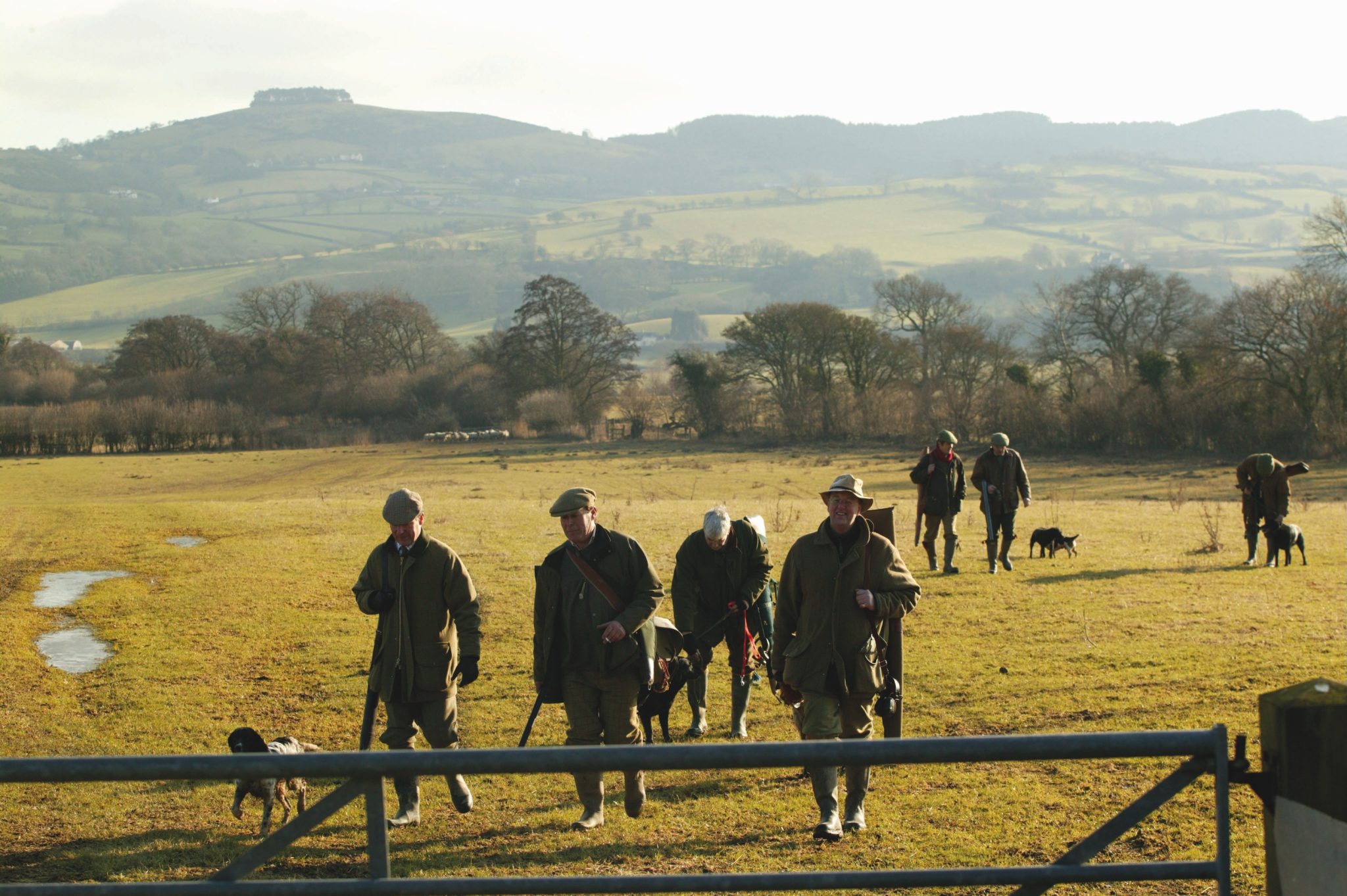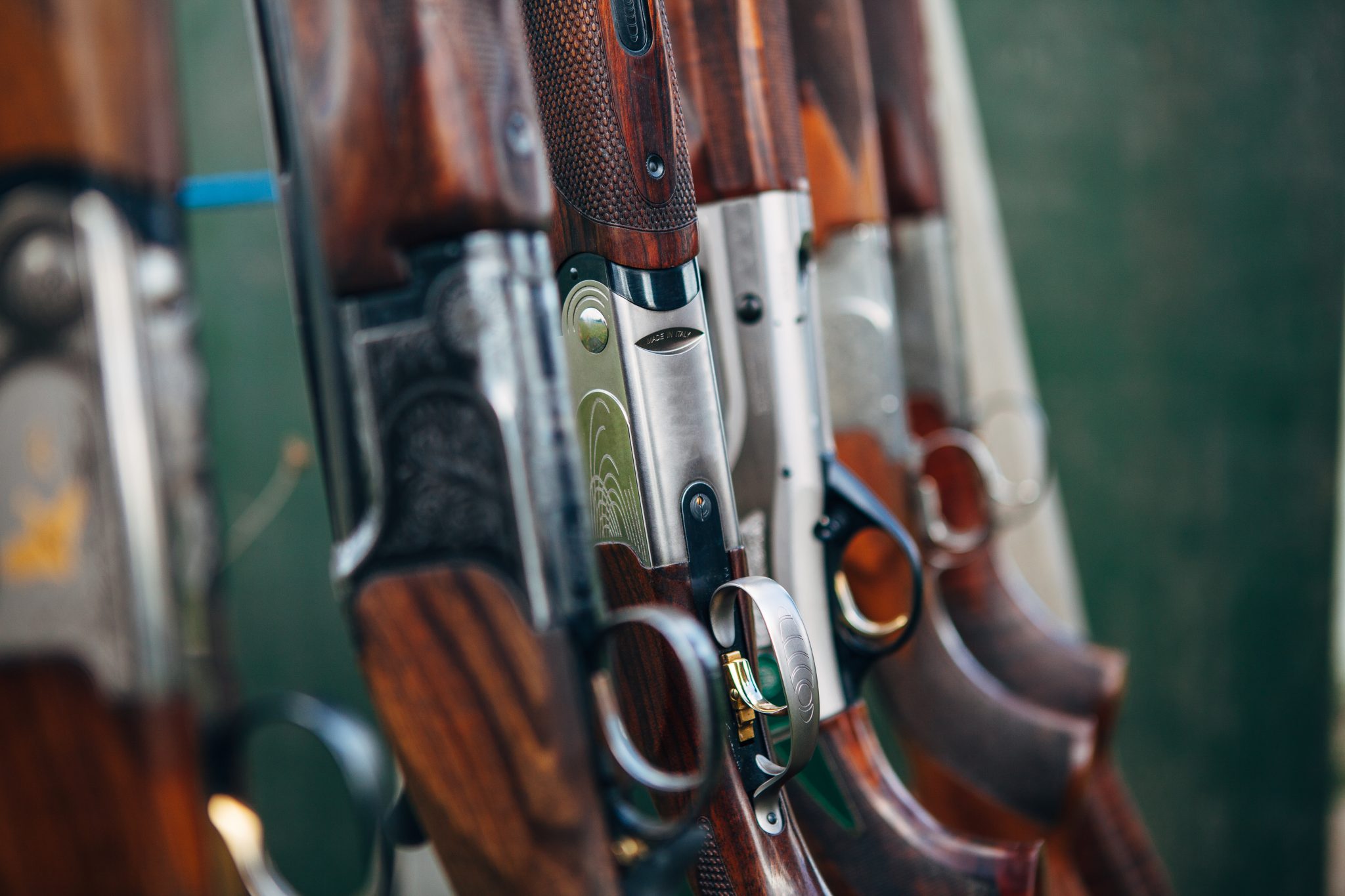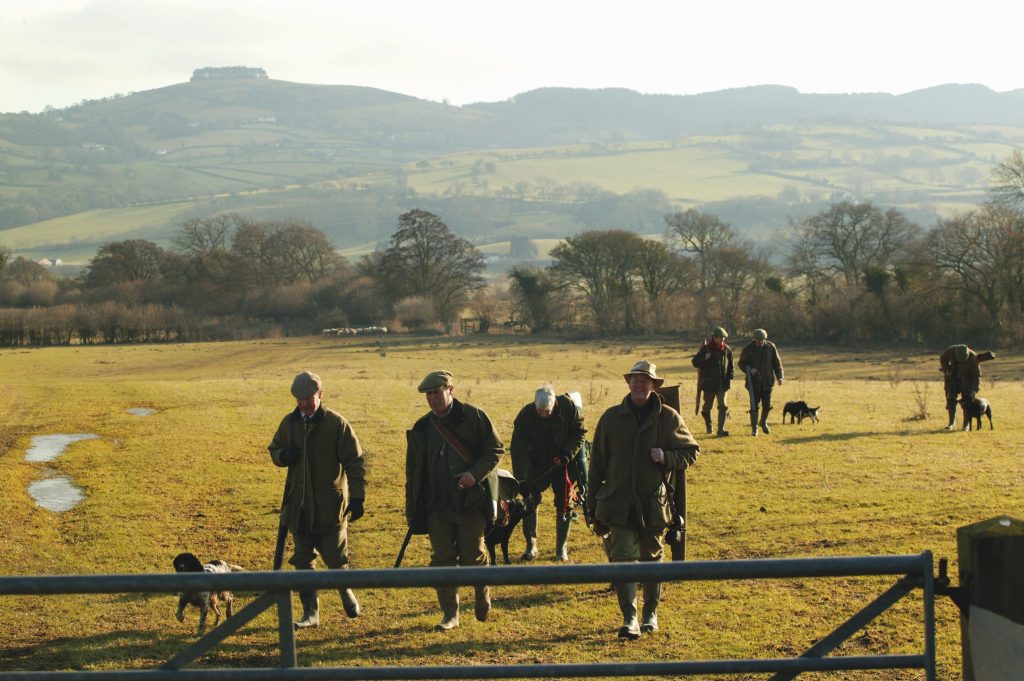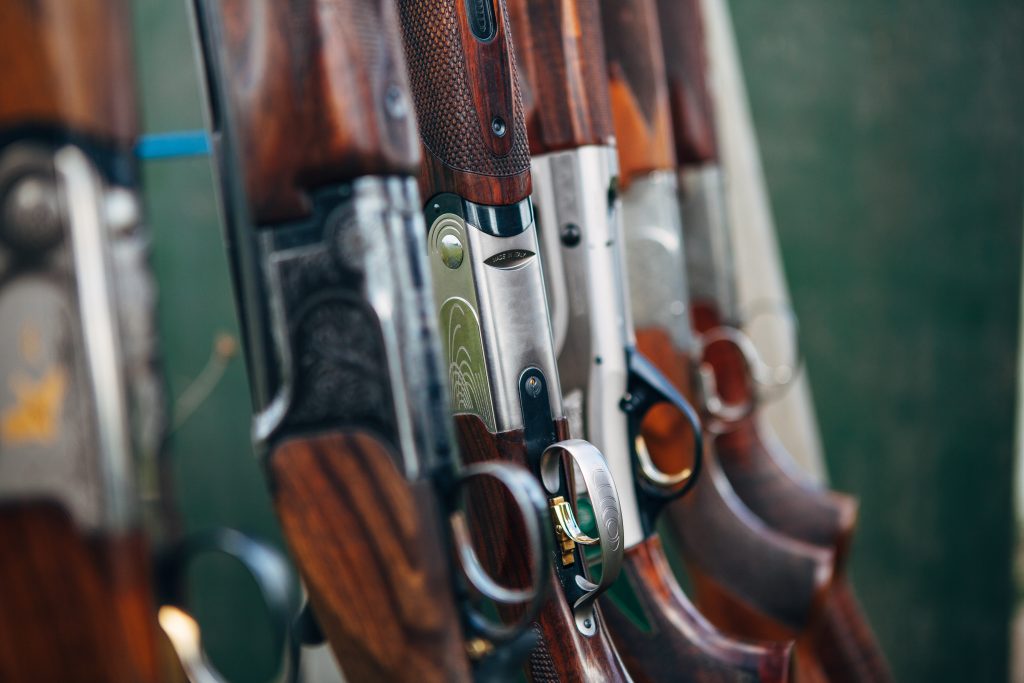Win CENS ProFlex DX5 earplugs worth £1,149 – enter here
Heading for cover
You could well find yourself on a steep learning curve if you are a covercrop novice. David Lyles offers expert advice on planting and growing, with a view to fine sport
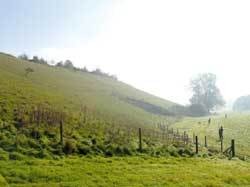
Most of the planning and growing of gamecover in the past was done by farmers or estates, using their own equipment. When a farmer or estate has opted to let shooting rights on their land, however, the hirer, shoot organiser, syndicate captain or keeper may find themselves on a fast learning curve. Even if contractors or third parties establish the covercrops, there will always be the need to understand the issue in order to brief them on how to go about growing gamecover correctly. I have run my own and other shoots for some 40 years. I am a farmer and also have a machinery business, and hope that by sharing some of my experience I may be able to help others avoid falling into traps.
The plots thicken
Instead of using the word gamecover, let’s talk about conservation plots, as this embraces all aspects of the shoot, not simply the area from which game is driven, and we can divide these plots into several types. Unless you are blessed with a lot of woodland or natural cover, such as reedbeds, you will need areas to hold and drive game. These plots can be sown annually or you may choose longer-term planting of perennials and biennials, or a mixture of both. Other plots could be for brood rearing, pollen and nectar mixes to encourage insect life, as well as wildlife corridors and protection zones. A whole raft of new opportunities are available for these plots related to Entry and Higher Level Stewardship schemes, new conservation drives aimed at improving the biodiversity of the land. Most shoot organisers will only be concerned with the holding and flushing plots, but they would be wrong not to consider the other available opportunities. By making best use of such conservation schemes you can help wild game and other wildlife at very little cost.
There are rules that are essential to adhere to, however. To give you some idea of what they might include, did you know that by running on a 2m field margin obligatory for the Single Farm Payment scheme you may be putting the owner’s payment in jeopardy? Be sure you check the status of field margins with the owner or farmer and be sure when travelling around the estate that you adhere to prescribed routes, however tempting others may be. While lamping, in the heat of the moment it may seem quite harmless to do it once in order to get that all-important shot, but any wheel marks may get picked out at a compliance inspection and cost the landowner a lot of money or, worse still, his livelihood.
By now most of the main game plots will have been established. If you planted early, in March or April, your plots may have suffered from the drought, as have most arable crops. As a result, thirsty vermin may take a toll on the slow-growing plants by eating the shoots. The rain has now come, though, and there is still time to establish some late crops, either because the main plot has failed or land is unavailable until harvest is carried out. These late crops are generally from the brassica family, which are pretty quick-growing and require shallow planting.
Chemical reactions
Before selecting new crops you need to know what, if any, spray was applied to the land when the first crop was established, otherwise you will have even more disappointment. Some sprays applied to maize, for example, are selective and residual selective means they will kill a certain type of plant but not another; residual means chemicals remain in the ground for some while in order to control freshly germinating weeds.
It is also worth noting that plots continually cropped with the same species and sprayed with the same chemical may result in a build-up of chemicals in the soil, which will have the same effect from one year to the next. Check that the chemical used is not hostile to the new crop; if it is, the only way forward will be to plough the land in the hope of putting the chemical out of range of the new crop’s roots. This point must be considered even when sowing crops after harvest. Find out whether the farmer applied a spring herbicide if so, did it have a residual action rather than relying only on contact? If a residual product was used, the same rule will apply with regard to ploughing. It may sound complicated, but the key is to ask the questions and seek the help of an agronomist to find the answer for the first crop’s failure.
So what is an agronomist and how do you find one? In most areas they will either be independent or be attached to the local agricultural merchant, advising farmers on the protection and development of plants. They will hold BASIS and FACTS certificates to be able legally to advise you on chemical and fertiliser application. It may well be that the owner of the land already employs one. In which case make best use of his or her knowledge.
Choosing and siting
This is the more interesting aspect of gamecover choosing and siting it in order to hold and present gamebirds in the best way. When it comes to post-harvest plots, very few of the late-sown crops are winter hardy, so you may require a mix if you wish them to survive the first frost. The key is getting them in as early as you can, immediately behind the combine harvester if possible. There are two common means of planting: broadcasting or drilling. If there is a lot of straw, try to disperse it by prior cultivation, as this area will harbour slugs and will be toxic to young seedlings. When broadcasting, make sure if you buy a mix that the seeds are of similar size.
Why? Quite simply, because if you have seeds of different sizes all the small seed will come out first. If you have a mixture of large and small it is almost impossible to calibrate what rate you will be applying, as the aperture required for a small seed is obviously different to a larger one. Seeds such as mustard will germinate on the surface, but a light covering of soil will help ensure they have moisture. If the seed has a protective dressing you will need to drill and not broadcast, as it may be toxic to wildlife when left. Another reason for drilling dressed seed is that the action of the broadcaster will also rub off the seed dressing, causing it to lose its protection.
If you plan to drill, unless you are using a direct drill you will almost certainly need to plough the land first. The rules governing mixed seed still apply when using a drill, unless you use a drill that allows you to calibrate different rows for different seed sizes. Most crops will need some nitrogen, but do not apply too much as this will make the plants more lush and less resistant to frost.
Going to the birds
On most shoots the late-planted strips are focused on replacing failed coverstrips or forming holding areas for early shoots. I would suggest, however, that it is worth considering some other factors to help make these drives more successful. For example, the constant activity on any tracks on an estate may put birds off from getting to the target coverstrip in the first place. In this case a corridor of coverstrip may help ? even if it cannot be left until later on it will encourage the birds to the right area. How many times have you heard people say they are losing their gamebirds down the hedge to the boundary? My point is to give them another option in the right direction, so when you walk the birds home they can go somewhere safe.
These corridors will help where there are resident or migrating raptors, which will scare young poults, if not actively predate upon them, by affording the birds some protection when getting to and from the coverstrips. Later on, closer to the time of shooting, these may need to be removed in order to ensure the birds fly properly and are not looking for the corridors. It is worthwhile considering the shape of the coverstrip, too. Most will be rectangular and birds being driven from these blocks will tend to flush in the last 50m and often over only a few Guns. Avoid this in a number of ways: sewing at intervals will help, as will cross-drilled flushing points with different crops. Another way to help spread the gamebirds is to finish the cover more like the fingers of a hand. It may look untidy, but the birds will spread, you can drive one finger or more at a time and limit the flush.
Related Articles
Get the latest news delivered direct to your door
Subscribe to Shooting Times & Country
Discover the ultimate companion for field sports enthusiasts with Shooting Times & Country Magazine, the UK’s leading weekly publication that has been at the forefront of shooting culture since 1882. Subscribers gain access to expert tips, comprehensive gear reviews, seasonal advice and a vibrant community of like-minded shooters.
Save on shop price when you subscribe with weekly issues featuring in-depth articles on gundog training, exclusive member offers and access to the digital back issue library. A Shooting Times & Country subscription is more than a magazine, don’t just read about the countryside; immerse yourself in its most authoritative and engaging publication.




